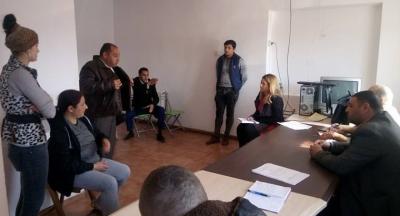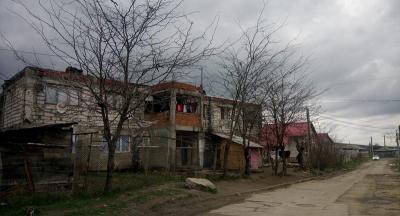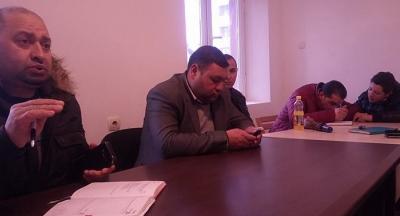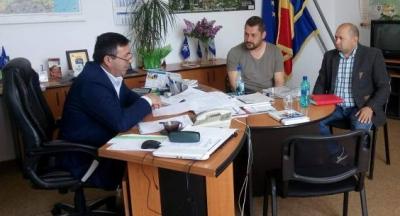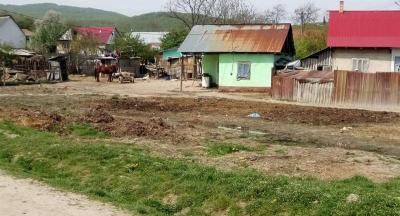Harlau
*Disclaimer: The information and views set out in this page do not necessarily reflect the official opinion of the Council of Europe and/or the European Commission. Neither the Council of Europe, the European Commission nor any person acting on their behalf may be held responsible for the use which may be made of the information contained therein.
Last update: 12/01/2017
Harlau city is part of Iasi County since 1968. Situated in the north-eastern Romania - Moldavia and in northwest of Iasi county, on the shores of Bahlui River, in Harlau leave, officially, 684 Roma people (5,77%), from four Roma subgroups: Caldarari, Lingurari, Ursari and Laesi.
The primary source of income for Roma population is represented by receiving social aid, 80% of them being the beneficiaries of the 416/2001 Law. Their incomes are supplemented from other revenue generating activities.
School abandonment rate is quite high among the school-age children but also for the adult population (due to the early marriages, their traditionalism and the fear of assimilation with the Romanian culture).
The ROMACT Process
ROMACT process started on November 2016 in Harlau. The Joint Action Plan was adopted under the ROMACT Programme on May 24th 2017 and the Local Development Strategy was updated.
The Community Action Group (CAG) identified its short/medium/long-term needs:
| Short and mid-term priorities | Objective 1 | Objective 2 | Objective 3 |
|---|---|---|---|
| Education | Providing educational support for children in pre-school education | Organizing awareness campaigns on the importance of education | Organizing intercultural courses for teachers |
| Health | Implementing programs to develop lifelong learning and in particular, the development of physical and mental health, sexual and reproductive education | Improving access to social-medical services | Organizing awareness campaigns regarding the importance of health insurances |
| Long-term priorities | Objective 1 | Objective 2 | Objective 3 |
|---|---|---|---|
| Infrastructure | Asphalting the streets in the community | Provide identity and property documents | Connecting homes to drinking water and electricity |
| Housing | Build children playgrounds in the community | Rehabilitate some houses in the community | Construction / Establishment of social housing |
| Employment | Provide training courses of different domains | Identify job opportunities | |
| Education | Reducing / eliminating school dropout, especially in the nomads community | Organizing School after school and Second chance programs | Support the creation of training programs for parents |
With ROMACT expertise, the city hall applied for European funding and received help to implement projects related to reducing the number of marginalized communities at risk of poverty and social exclusion through integrated measures.
Several trainings were also provided: information regarding government funding, training on community development and civic participation, coaching to develop projects etc.
Trainings provided for the local administration:
Support (coaching) to develop applications for structural funds.
Cycle management and capacitate a team to submit a project within POCU 4.1 axis.
Activities involving the community action group:
Training community development and civic participation
Training on active citizenship
Educational campaign School for All
Organizing community events/campaigns - Charitable Donations
| Expertise provided to the local administration | Beneficiaries | Budget | Status |
|---|---|---|---|
| Expertise on Human Capacity Operational Program Axis 4.1 Reducing the number of marginalized communities (in which Roma minority population counts at least 10% of the total population) at risk of poverty and social exclusion by implementing integrated measures. | The local administration | 3.152.796 EUR | Rejected |

